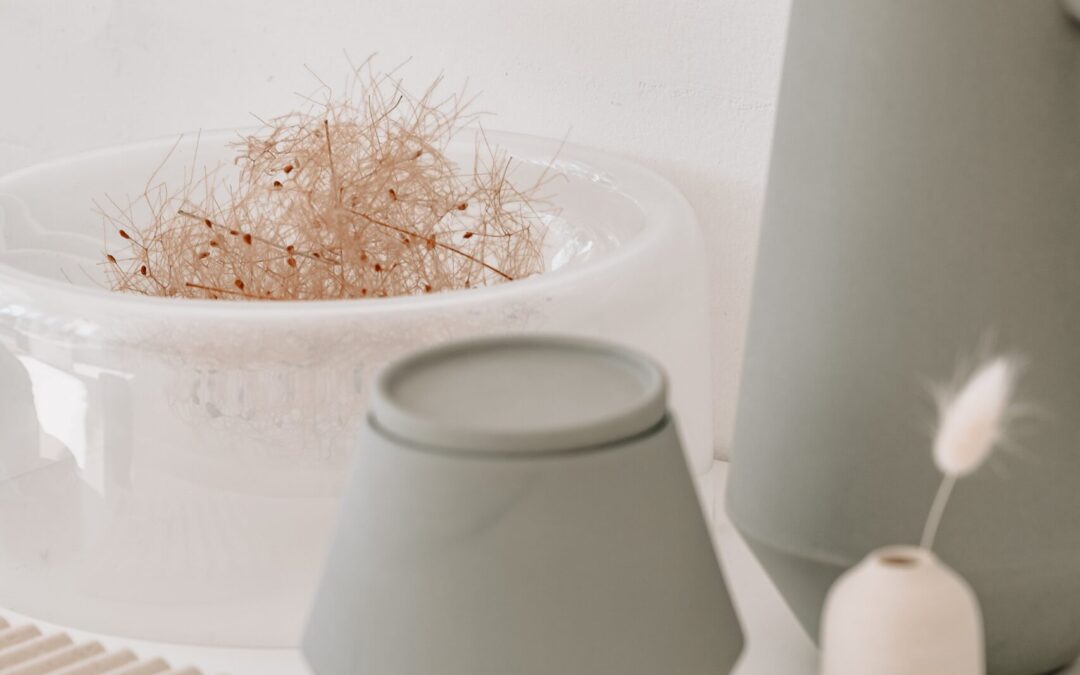Room accessorizing involves a thoughtful blend of design principles and creativity to achieve a cohesive and visually appealing space. Begin by establishing a focal point; it could be a statement piece of furniture, an architectural feature, or a stunning artwork. This serves as the anchor for your design.
Consider the room’s function and the mood you want to convey. Professional designers often create a concept or theme that guides their choices. This could be inspired by a particular era, style, or even a color scheme. Once the concept is established, choose accessories that align with it.
Color coordination is crucial. Select a palette that complements the room’s overall design. This includes not only decorative items but also soft furnishings like cushions and throws. Harmonizing colors create a sense of unity, while strategic pops of contrasting colors add interest.
Texture plays a significant role in professional accessorizing. Mixing various textures – smooth, rough, soft, and hard – adds depth and richness to the space. This can be achieved through the choice of fabrics, materials, and finishes. For example, pair a sleek metal lamp with a plush, textured rug.
Scale and proportion should be carefully considered. A well-balanced room incorporates accessories of various sizes. Avoid overwhelming the space with too many large items or making it feel cluttered with too many small pieces. Create a sense of rhythm by repeating certain elements or shapes throughout the room.
Lighting is a crucial element in professional room accessorizing. It can dramatically enhance the ambiance. Layer different types of lighting – ambient, task, and accent – to create a versatile and well-lit space. Consider the placement of light sources to highlight specific features or artworks.
Artful arrangement is a skill that professional designers master. Grouping accessories in odd numbers tends to be more visually pleasing. Experiment with asymmetrical arrangements for a dynamic look. Use trays or shallow bowls to organize and unify smaller items like candles or figurines.
Personalization is key to making a space unique. Integrate items that have sentimental value or tell a story. This could be family heirlooms, travel souvenirs, or handmade pieces. Personal touches infuse the space with character and warmth.
Plants and greenery are favored by professionals for their ability to add life and freshness to a room. Select plants that thrive in the available light conditions and choose stylish pots or planters that complement the overall design.
Regular editing is part of the professional accessorizing process. Avoid clutter by periodically assessing the arrangement and removing items that no longer contribute to the desired look. This ensures that the space remains dynamic and not overly crowded.
In summary, room accessorizing involves a strategic approach to color, texture, scale, lighting, arrangement, and personalization. By mastering these techniques, designers create spaces that are not only aesthetically pleasing but also functional and reflective of the occupants’ style and personality.


Recent Comments